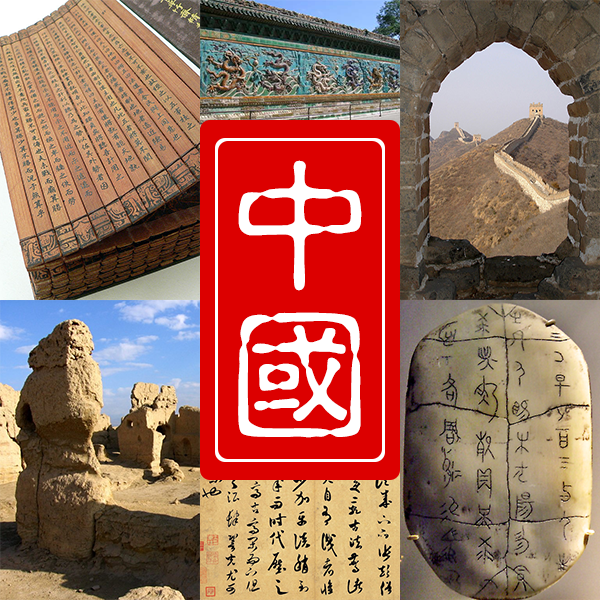To see so many products in our retail
stores stamped with "Made in China" on the labels, one might
assume the country has long served as a major trade partner with the
United States and the rest of the world. To find that China comprises
a group of nations considered "newly" advanced in terms of
economic development may confuse some. If China stands as the second
largest global economy behind the US, why relegate her to the BRICS
group with Brazil, Russia, India, and South Africa?
In truth, while China holds the
distinction of being the most populous nation in the world as well as
one of the largest land-wise, her influence as a trade power did not
come into prominence until as late as three decades ago. Following a
lengthy period of economic reform that began after World War II,
leaders merged certain capitalist ideals into the nation's
communist structure - this, coupled with budget restrictions
designed to reduce inflation, and gains in productivity, helped the
economy grow. China earned a greater boost during the Clinton
administration when the People's Republic received permanent "most
favored nation" status with the US, and consequently entrance into
the World Trade Organization (WTO).
While China, like many other countries,
has suffered financially during recessions, yet careful planning that
involved real estate and tax benefits for her people made for a
strong recovery. Experts predict China could surpass the US as the
largest global economy in the next decade.
 |
| Courtesy of Wikipedia |
Main Exports of China
One might assume this list is long.
Indeed, you can visit your favorite department store and perhaps
eight of every ten items you buy is made in China. Indeed, with more
than one-fifth of her total export production going to the United
States, China offers a variety of goods from household goods to
electronics. Top exports include:
Data Processing Equipment: For
businesses and private organizations in need of devices to calculate,
measure, and store data, China provides an array of equipment needs.
Textiles and Clothing: Apparel
for retail shops - men's, women's, and children's clothing
for all seasons is assembled and shipped regularly from the mainland.
Medical Equipment: Hospitals
throughout the United States, Hong Kong, and Japan benefit from new
innovations in Chinese medical equipment.
Electronic Equipment: Take a
look at the devices you use on a daily basis - laptops to mobile
phones, electronic book readers and portable music players, and
you'll find at least one has origins in China.
Main Imports of China
While the United States receives the
bulk of exports, only about eight percent of China's total import
comes from the US. Japan sends the highest percentage of goods to the
mainland, though the amount doesn't necessarily dominate over other
trade partners like South Korea, Hong Kong, and Taiwan. Top imports
to China include:
Oil: China depends upon fuel to
keep the economy going, and while not an oil-rich country compared to
top nations in this industry, they rely upon trade.
Metal and Ore: While China is a
major resource of rare earth metals, there are specific ores needs to
manufacture products that come in from Asian neighbors.
Plastics: What China exports in
their numerous household goods and toys first comes into the country
as raw material, including plastic.
Chemicals: Needed for equipment
production, chemicals are imported from China's top trading
partners.
Will China overtake the United States
as the top global economy in the next ten years? It is possible,
barring any financial or natural disasters like the recent Japan
earthquake. With combined strategies that borrow from different
economic platforms, China stands ready to achieve that goal.